
Cover image enhanced by ideogram and Adobe Firefly
As an alumni marketer, your job is like assembling a large puzzle, with each piece representing an alum with their own set of experiences, interests, and potential.
But, let’s be honest, coordinating alumni participation isn’t easy. It’s a hard task that demands strategy, ingenuity, and a steadfast dedication to keeping your alumni community engaged. In this post we’ll walk you through the subtleties of alumni engagement, teaching you how to produce a masterpiece that will leave your alumni audience wanting more.
According to the 2020 VAESE Alumni Relations Survey Report, Engaged alumni are 3 times more likely to donate to their alma mater. And that’s aside from the value an engaged alumni community can have on student recruitment and retention.
But, as you’ve likely noticed, keeping your community of graduates engaged isn’t a cakewalk.
According to the same Alumni Relations Report, only 19% of alumni feel engaged with their alma mater. So how do you keep your alumni engaged and excited about their alma mater without burning yourself out?
It comes down to 3 steps:
- Understand your audience: Different alums want different things, and that’s okay.
- Meet them where they are: Offer a mix of virtual and in-person activities.
- Provide clear value: Showcase the benefits of active engagement.
Understanding Your Alumni Community
Knowing your audience is a cornerstone of any successful engagement strategy. And when we’re talking about alumni, it’s not any different. But how do you find out what they’re looking for? By understanding their needs, their preferences, and their journey beyond the campus. It helps you share the right narrative and create the right opportunities for them to re-engage with you.
This involves identifying who they are beyond the graduation cap and gown. What are their current professions and interests? Are they interested in mentorship, networking, or merely keeping abreast with the alma mater’s goings-on?
With this understanding, you can create audience segments based on criteria that matter to them. Alumni are not a one-size-fits-all group. So segmenting your alumni can incorporate their level of engagement to their philanthropic tendencies or their geographical locations.
The Importance of Data
Understanding your alumni is not magical guesswork; it’s informed decision-making. Which makes it all the more important to have accurate data.
“Without data, you’re just another person with an opinion.”
– Edward Deming
But how do you go about gathering this precious data?
Start with Surveys: One of the simplest ways to collect data is by sending out surveys to your alumni. Ask questions about their current job, interests, and what kind of events or benefits they’d like to see from the alumni association. Make the survey easy to fill out and mobile-friendly to boost participation.
Leverage Social Media: Use social media platforms like LinkedIn or Facebook to connect with your alumni. You can join alumni groups, create a dedicated alumni page, and engage with them. Monitor the discussions and comments to gather insights into their interests and activities.
Email Outreach: Send out regular newsletters and updates, and include links to surveys or feedback forms. Make sure your emails are personalized and not too spammy.
Events and Reunions: Hosting alumni events or reunions can provide valuable face-to-face interactions. Use these gatherings as an opportunity to collect, or update alumni data. Have sign-up sheets or digital check-ins where alumni can provide their updated information.
Remember, the more accurate and detailed your data, the easier it is to create personalized communication that resonates with your alumni. The key here is to make the process of giving you their data as easy and beneficial for your alumni as possible. By showing that you value their input and privacy, you’ll likely get more cooperation in gathering valuable data.
Meet them where they are
Using what you’ve learned of your alumni it’s time to start brainstorming ways to tailor engagement opportunities around their interests. These could be as simple as a coffee and conversation meetup organized around shared professions to an employer showcase specifically for alumni. For example, if your alumni community is brimming with lawyers, how about a legal-focused seminar tackling an issue dominating the news cycle? If they’re passionate about volunteering, arrange a community service outing. An engagement opportunity should offer value while fostering a sense of community.
Here are a few ideas to get you started:
Engagement across generations
One major challenge in figuring out how to cater engagement opportunities is dealing with the different generations represented in your alumni community. Sure, they may listen to different music and use different slang, but they’re all alumni—so think about ways to foster connections across generations.
Mentorship programs are a prime candidate for this kind of engagement, but also consider shared experiences. Look back at the university’s history and find moments of pride or significant events that will resonate across the board. Anniversary celebrations of your institute or reunions can serve as a common ground, a shared connection around which to rally.
E.g. Imperial College London’s Time to Celebrate: A Milestone Campaign used the significant milestone of alumni’s graduation year as a means of connecting with, and fundraising from, a wide swath of their community. They sent alumni personalized emails and celebratory packs with commemorative pins, and bespoke illustrations of the campus.
“Expanding on our reunion programme, it is a long-lasting initiative that engages a wider cross-section of alumni than we could ever reach through in-person activities.”
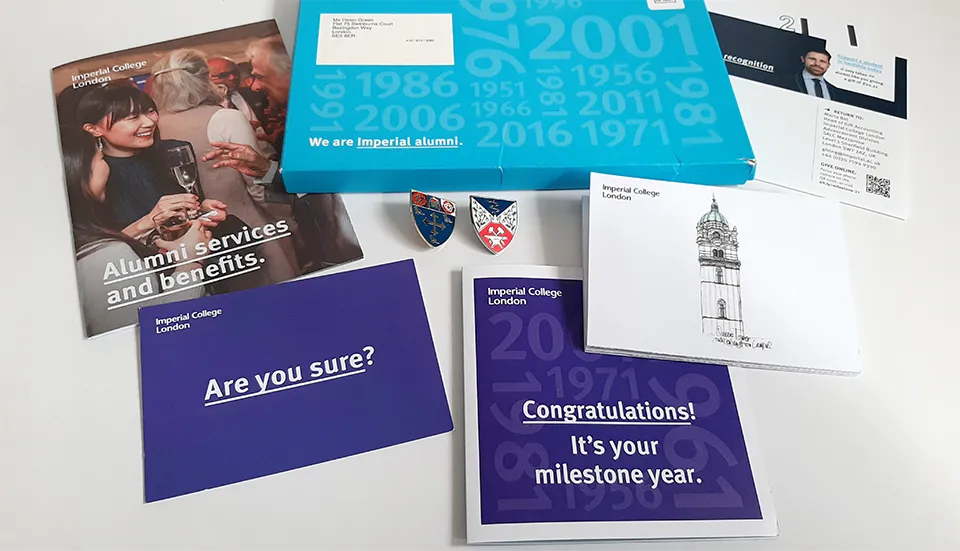
Create meaningful occasions IRL
There’s a reason why events and reunions play a vital role in fostering alumni engagement and strengthening connections.. There’s nothing like a face-to-face meetup with fellow alumni to rekindle the fondness for an alma mater. The size and formality of the event aren’t as important as how well it serves as a connecting activity among the alumni.
On the more involved side, you could organize a special alumni weekend like UCSC. Their alumni department organized an unofficial reunion weekend branded “Return to the Redwoods” where alumni could take a few days to come back and enjoy the beautiful setting they fell in love with while on campus.
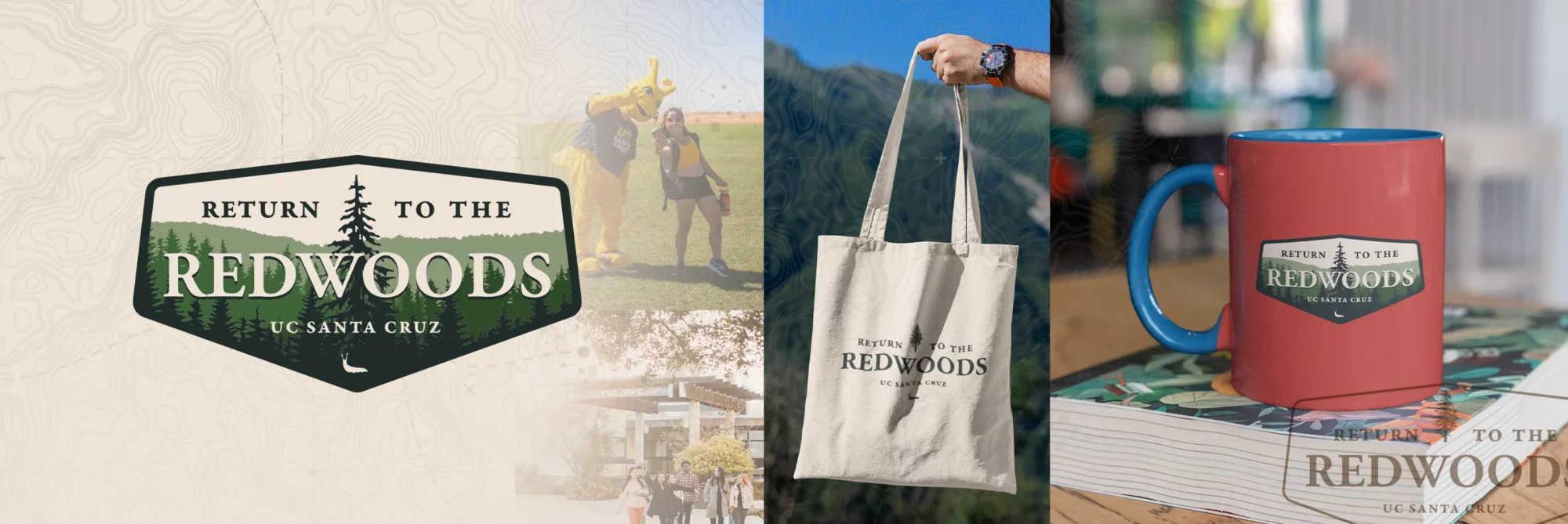
On the more casual side, Northwestern University put together several Family Programming events where their target audience of alumni between the ages of 32 – 45 could bring their kids to entertaining, outings like a Harry Potter Virtual Tour or a Dino Safari Adventure.
But make sure to stagger these opportunities throughout the year. An alumni community isn’t a plant you just water once a year. Consistent, engaging communication is key.
Leveraging Email Communication
It should come as no surprise that emails are the tried and true method of communication in the professional world, and it turns out, they’re also surprisingly effective in the world of alumni engagement. According to a recent survey by EdTech platform Anthology, A staggering 60% of alumni prefer to receive updates and news from their alma mater via email.
Now, let’s not turn this into a frantic, Wild West style shootout of haphazard emails. Instead, you should consider crafting a compelling weekly or monthly newsletter. Fill it with alumni achievements, upcoming campus events, and other relevant news. Remember, people receive tons of emails every day. So, your aim shouldn’t just be to send an email; your goal is to send an email people want to open. Humor? Gifs? Puns? Do what it takes!
Case Study: Saint Francis University “On this Day” Campaign
A great example of an alumni outreach campaign that effectively used both email was the “On this Day” campaign from Saint Francis University. To celebrate their 175th year anniversary, SFU shared a story from their history every day. Then every Friday, they would send a compilation of these posts as a weekly newsletter. Remarkably, they kept this campaign going for an entire year, giving their followers an extended look into their alma mater’s history.
“The reception was tremendous across the board. … Our weekly compilation emails also performed exceedingly well, with an average of over 5,500 readers over the course of the entire year. “
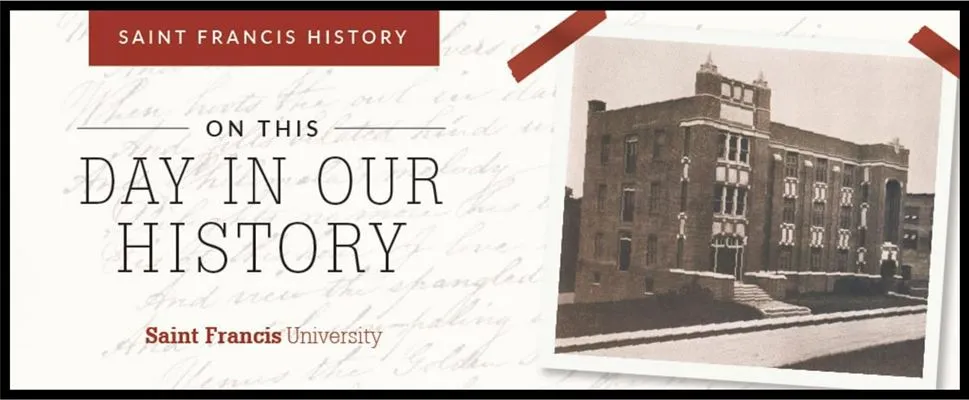
Embrace the Power of Social Media
Even though Email is the most preferred communication channel for alumni engagement, let’s face it, you can’t ignore social media. It’s here, it’s everywhere, and it’s a powerful tool. In fact, according to alumni engagement service AlumniAccess, social media engagement increases alumni giving by 22%.
But in the vast landscape of TikTok dances and Instagram food pics, how do you use it effectively to engage with your alumni? Here are a few ideas:
- Create Niche Alumni Groups
These could be private alumni groups, segmented by graduation year, major, or subject matter. This gives alumni a space to share memories and network around a common interest. - Share relevant content
Broadcasting content your alumni will find interesting is the lowest-hanging fruit for using social media. In addition to the occasional donation appeals, you could share alumni successes, promote events, or just keep the community updated on what’s happening at their alma mater. - Solicit Alumni-Generated Content
Alumni department social media accounts are a great place to give alumni space to share their own stories and promote their efforts. - Engage in Conversations
There’s a reason it’s called social media, so use this opportunity to comment and respond to messages in a casual and prompt manner. It shows that you’re attentive and the school is still trying to be an active part of their lives. - Interactive Polls and Surveys
Most social platforms have a way to gather quick feedback baked into the app. So run polls and surveys to gather alumni opinions. It shows that you value their input and can help tailor future activities.
Case Study: LboroMemories Campaign
A great example of this use of social media is Loughborough University’s Lboro Memories campaign. What started as a two-week appeal for alumni-generated content in the form of stories and memories from their time in school, continues to this day through their hashtag #lboromemories.
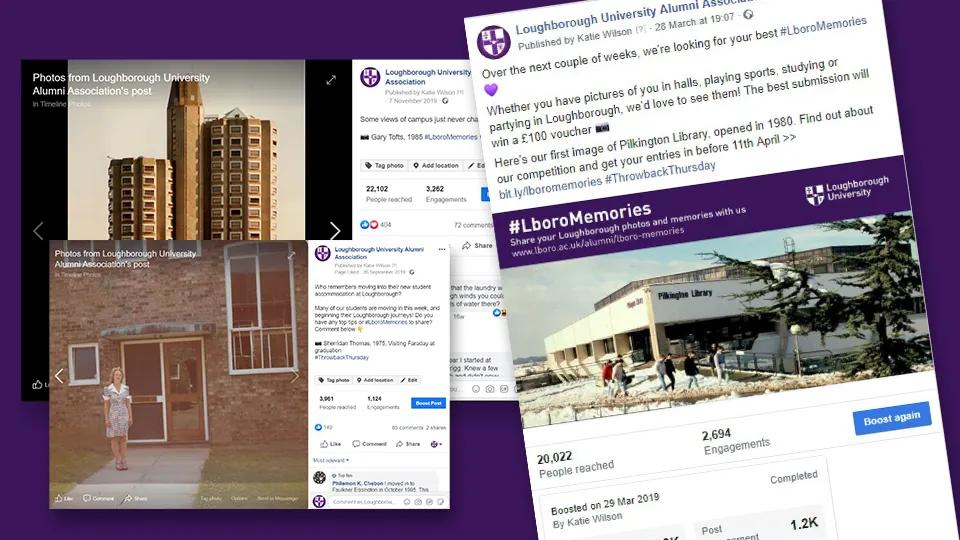
Provide Clear Value
Let’s face it, nobody just has time to toss around. When your alumni check their inboxes or scroll through their social media feeds, they’re on a quest: they’re hunting for value. Buzzwords aside, ‘value’ simply means convincing your audience that spending time with your content or events is a worthy investment. Here’s the unadorned truth: if your alumni don’t find value in your engagement efforts, those efforts are toast. Like that algebra book from sophomore year currently functioning as a doorstop…
So, how do you provide value?
Substantive Content
Share news, updates, and thought leadership pieces that are relevant, beneficial, and engaging. Become a trusted source of industry-related knowledge or university updates that alumni can’t find elsewhere. If your alumni have to choose between reading another ‘Top 10 Destinations for Dream Vacations’ article or your latest publication, make them choose you.
Case Study: Johns Hopkins Spotlight Series
For example, in the early days of the COVID pandemic, The Johns Hopkins Bloomberg School of Public Health (BSPH) recognized there was a need for clear, expert public health information. They seized on this unique opportunity to provide a public service, the BSPH tapped their alumni network to organize regular webinars to present valuable information to a broad audience. Over time this series has grown to cover other public health subjects including violence prevention, climate and environmental health, and mental health.
“Since May 2020, we have hosted more than 56 spotlight series events and engaged more than 1,300 unique audience members, including alumni, current and prospective students, donors, and unaffiliated prospects.”

Networking Opportunities:
Unless you’ve been living under a rock, you know that networking is the bread and butter of professional development. Offer chances for alumni to meet, mingle, and potentially form strategic relationships. If they can score a job offer or build a partnership at one of your events, then you’ve already surpassed the value seen in most LinkedIn connections!
Case Study: MIT Alumni Employers’ Showcase
At each event in their key markets of Boston, San Francisco, New York, and Washington, D.C., the MIT Alumni Employers’ Showcase series brings together seven to eight companies with over 100 MIT alumni. Initiated in 2018, these private networking events have much-welcomed benefits to both alumni job-seekers and alumni employers looking for experienced talent.
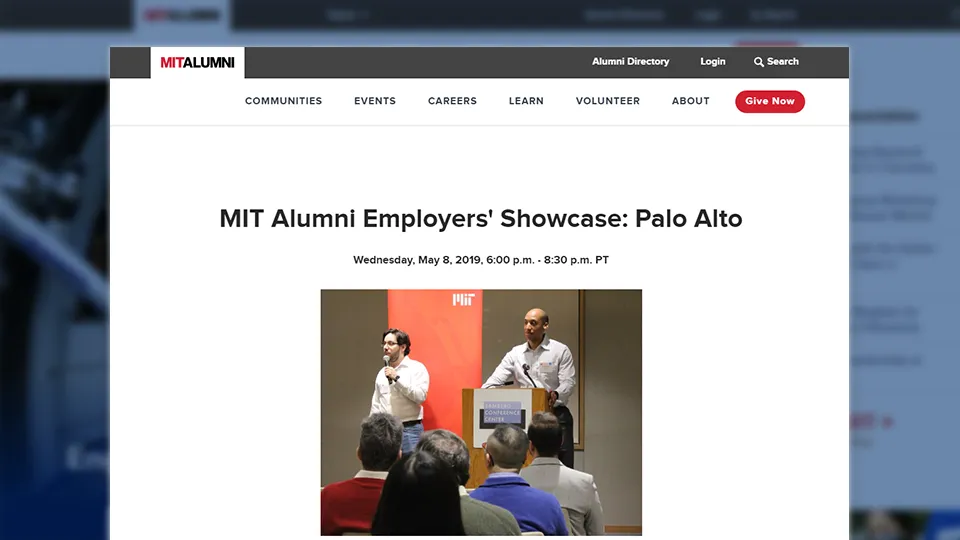
Improved Skills and Learning
How about webinars, online courses, or workshops? None of us stopped learning when we tossed our cap into the vacant airspace on graduation day. Keep those intellectual fires burning with opportunities for continued education. When alumni see you’re invested in their growth, they’ll likely reciprocate that investment.
Case Study: UCLA Alumni Career Coaches Network and Webinar Series
The UCLA Alumni Association built a network of career coaches to provide free counseling services and career-focused activities to alumni. Prior to this, alumni typically called on the Alumni Association for coaching services or suggestions, which was difficult to scale for a major college like UCLA, which has over 600,000 global alumni. Now, they can use the Coaches Network to connect alumni with vetted experts, advertise for other career coaches, and provide monthly webinars on important career-related topics.
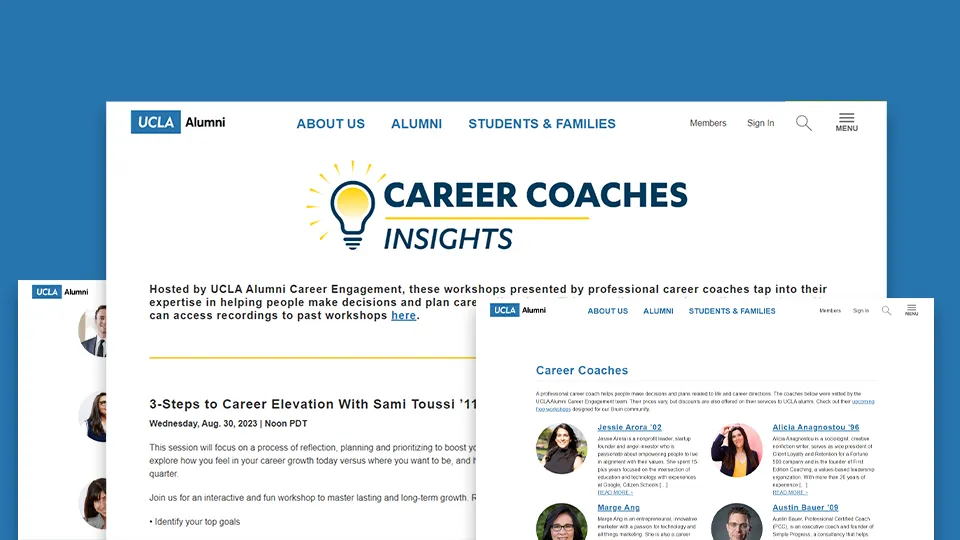
Keep in mind that ‘value’ isn’t one-size-fits-all. What’s valuable to a recent graduate might not mean diddly-squat to someone about to embark on their retirement cruise. This only strengthens the need for solid data in understanding the diverse needs and wants of your alumni.
Conclusion
So, now that we’ve journeyed through this path together, what’s the moral of the story? Creating a sustainable model for alumni engagement isn’t a piece of cake. It demands your commitment, creativity, and an in-depth understanding of your alumni’s needs. But fear not! With a robust strategy and a quiver full of engaging ideas, you are well-equipped to transform your alumni relations forever.
Remember, the ultimate target is to keep your alumni feeling valued. Their engagement rises and falls on this factor. Here’s a final thought for you to chew on- what if, instead of asking what your alumni can do for you, you start asking what you can do for your alumni? Flip the script, and you might just find the golden key to ramping up alumni engagement. Buckle up, gear up, stay sharp, and most importantly, keep aiming and keep engaging.





